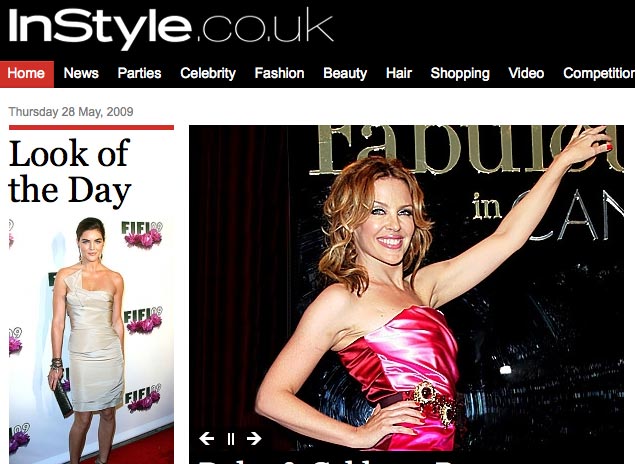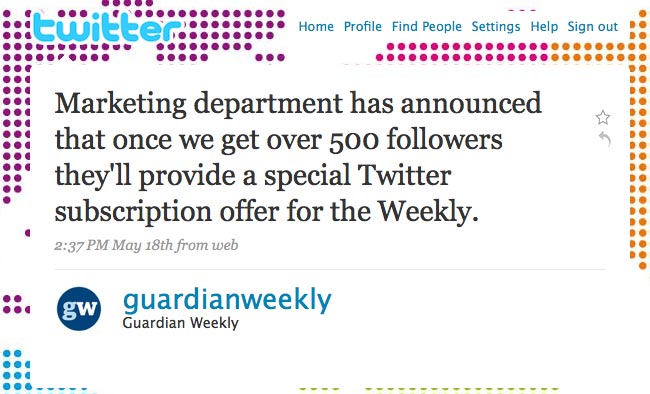YouTube is offering news outlets featured in Google News the opportunity to become an official partner of the site – with an aim to increase video views on both YouTube and Google News.
According to a post on the Google News Blog, a partnership will offer the chance of prominent placement of a news organisation’s videos on YouTube’s news page; and, if the videos are embeddable, the opportunity to appear as a featured video on Google News.
News outlets can apply to be part of the YouTube Partner Program, which will also include an advertising revenue share program – as explained by the program’s ‘partner benefits’ page:
- “Share revenue from relevant InVideo ads overlaid on your videos and banner ads running next to your videos to earn money
- Participate in co-marketing & branded entertainment opportunities with top brand advertisers.
- Utilize your own sales to sell your own ads.
Meanwhile, as reported by MediaWeek, Bauer and IPC Media have become two of the first magazine publishers to sell ads around their YouTube content on the site. They follow Channel 4, which struck a deal with the video-sharing site last month.
Google News Blog: A Call to News Publishers: How to Share Your Video.

